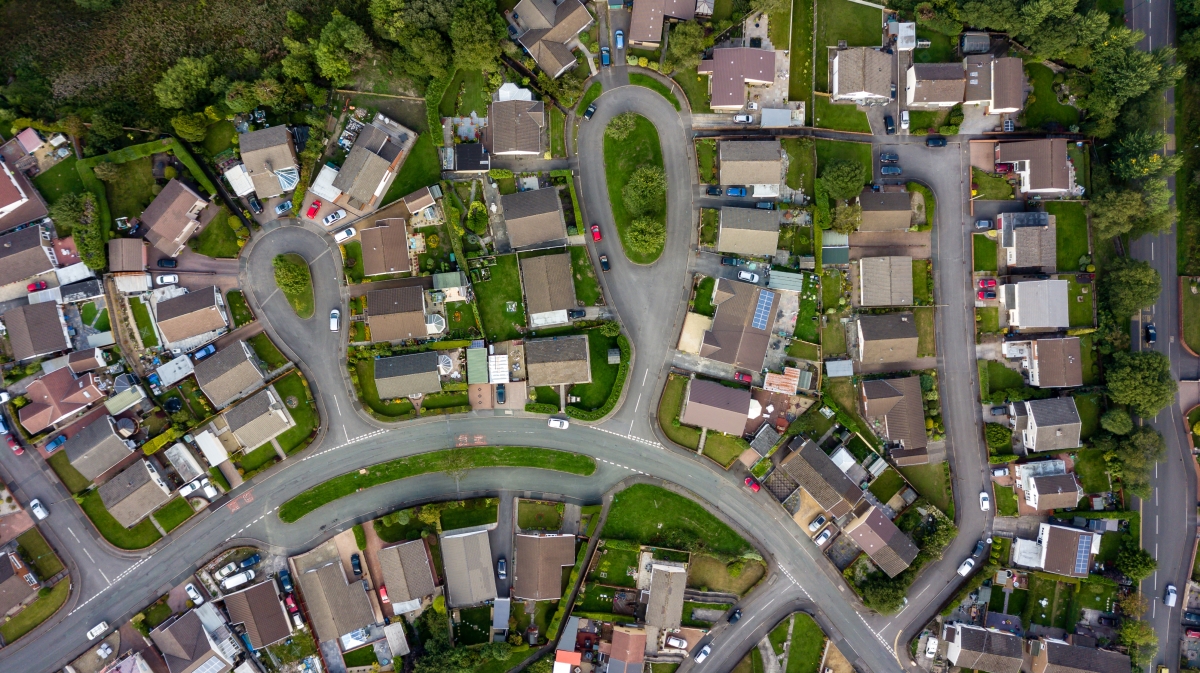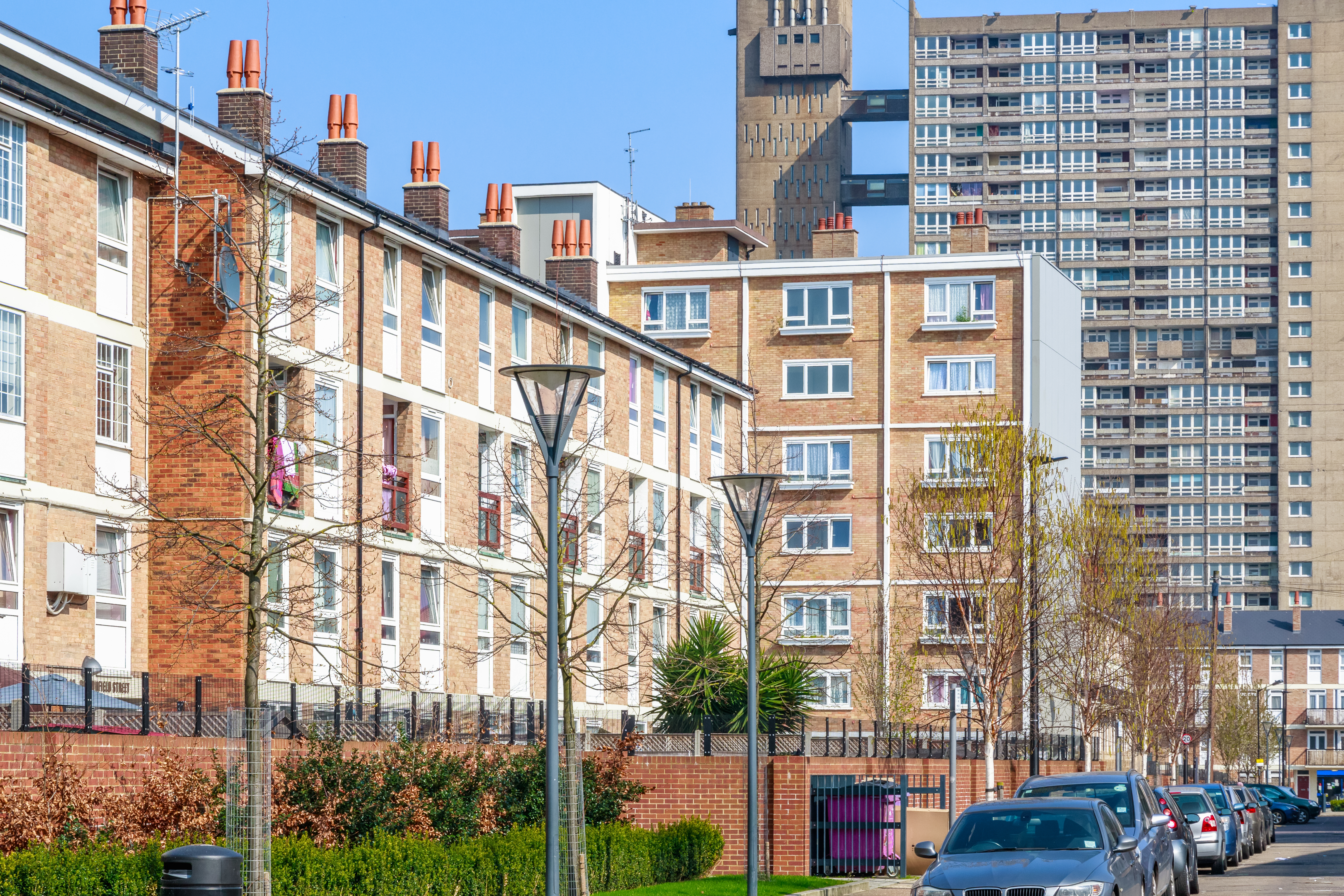How to Build a Successful Tenant Participation Strategy
Gone are the days when tenants had little power within housing associations. The rise in the popularity of tenant engagement has seen improvements for all stakeholders involved in social housing.

But what exactly is tenant participation? And how can housing associations go about building an effective tenant participation strategy? We investigate.
What Is Tenant Participation?
Tenant participation is where housing associations engage with tenants, encouraging a two-way conversation about how their housing services are delivered.
It creates the opportunity for tenants and housing associations to establish partnerships, share ideas, raise any concerns and work together to improve and inform services, processes and decisions within the sector and organisations.
What Are the Benefits of a Tenant Participation Strategy?
Successful tenant participation can be invaluable. At a top-level, it banishes the common belief that landlords make decisions and tenants have to submit to them, whether they like it or not.
Tenant participation aims to put the tenant’s views at the forefront of decision-making, promoting mutual trust and respect between the two parties, which builds a foundation for many more benefits.
Provides Valuable Feedback and Insight
Effective tenant participation allows housing associations to gain feedback on housing standards, processes and community issues. This insight can then help inform major decisions on improvements, health and safety, property management, repairs and maintenance, and managing tenant expectations.
Encourages Collaborative Partnerships
By opening up two-way communication, tenants can learn from housing associations and vice versa. By working in collaboration with tenants, housing associations will have eyes and ears on the ground, helping them inform critical decisions.
Tenants will also benefit through influencing service upgrades, improving neighbourhoods and being involved in decision-making.
Improves the Standard of Housing
A recent survey found that resident satisfaction levels had risen to 97%, attributed largely to the effectiveness of tenant engagement. Tenant participation identifies new opportunities, changes for social housing and improves the standard of living and satisfaction levels across the board.
Presents Cost Savings
Tenant participation isn’t just about encouraging open communication and improving the standard of housing. Effective tenant participation strategies also present cost-saving benefits housing associations can capitalise on.
In the ‘Investment not a cost’ report, it was found that housing associations could save up to £118 million a year by investing in an effective tenant participation strategy, thanks to the identification of efficiencies and the establishment of more tenant-oriented services.
Improving Communities
The same report also found that tenant participation strategies improved communities as a whole. Many respondents highlighted the social and mental impacts of having greater collaboration with landlords and social housing, stating it enabled tenants to meet neighbours, tackle isolation and improve self-confidence by interacting with the wider community.
How to Build a Successful Tenant Participation Strategy
Building a tenant participation strategy follows similar steps to how you’d devise any other strategy. You identify the goals, establish how you’ll reach them and determine your success. The only difference here is the goals and outcomes will be rooted in improving tenant engagement and satisfaction.
Start the Conversation Now
A tenant participation strategy should start with exactly that — tenant engagement. Housing associations should start the conversation right away with tenants; what are they looking for? What would they like to gain from housing associations? What are their main concerns?
Speaking with tenants will help housing associations identify some of the key goals for their tenant participation strategy.
What Are You Trying to Achieve?
After receiving and analysing tenant feedback, you can establish key objectives and targets. These don’t have to just be in favour of tenants. They can include some vital business-orientated goals, too.
These goals will vary depending on the organisation, the number of tenants they’re engaging with and many other factors. They could be anything from improving communication to cost savings and happier, healthier communities.
How Will You Achieve Your Goals?
Once the goals have been established, an important part of the strategy is to map out how these can be achieved.
New processes may need to be put in place, new technologies may need to be introduced and awareness of the scheme may need to be increased. The more detailed this part of the plan is, the higher the chance of success.
Review the Results
One of the most important parts of effective strategy development is reviewing the results. Monitoring progress towards the end goal will allow housing associations to identify what’s succeeding, what may need to be improved and any new focuses that may have arisen in light of the strategy.
Regular review periods should be put in place for housing associations to analyse outcomes and engage with tenants by asking how they think the strategy is performing and progressing.
It's a Continuous Process
As with many areas in the public sector, things rarely remain the same for a prolonged period. The world around us is constantly changing and with it, the needs of organisations and tenants are, too.
Regularly updating the strategy and renewing the steps will allow housing associations to establish a successful tenant participation strategy beneficial for all the stakeholders involved.
Looking to Find Out More?
Then why not attend the Future of Housing conference? This year, we'll be uniting leadership teams, policymakers and influential figures in UK housing to define strategy and take action.


.jpg)

.jpg)